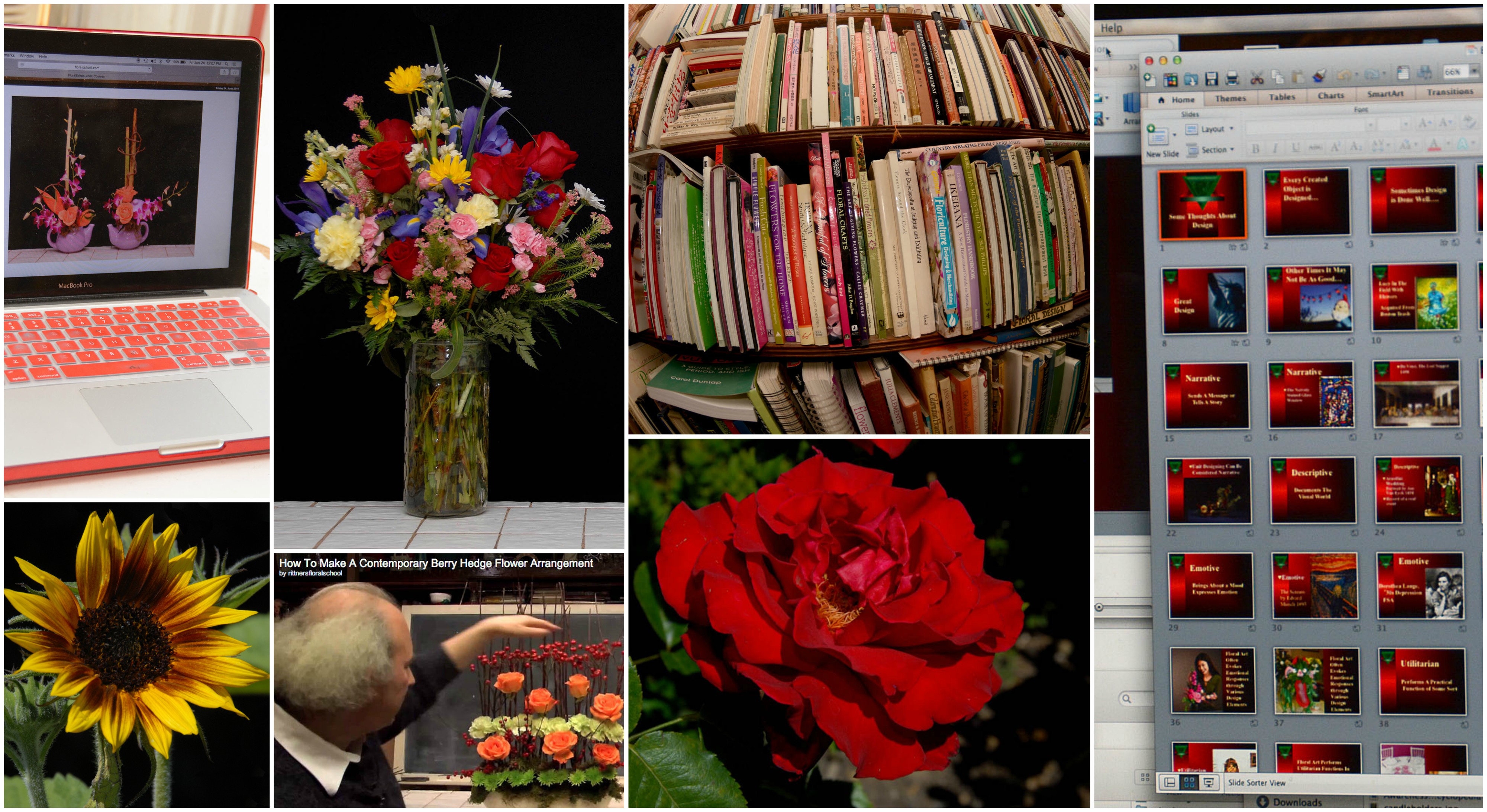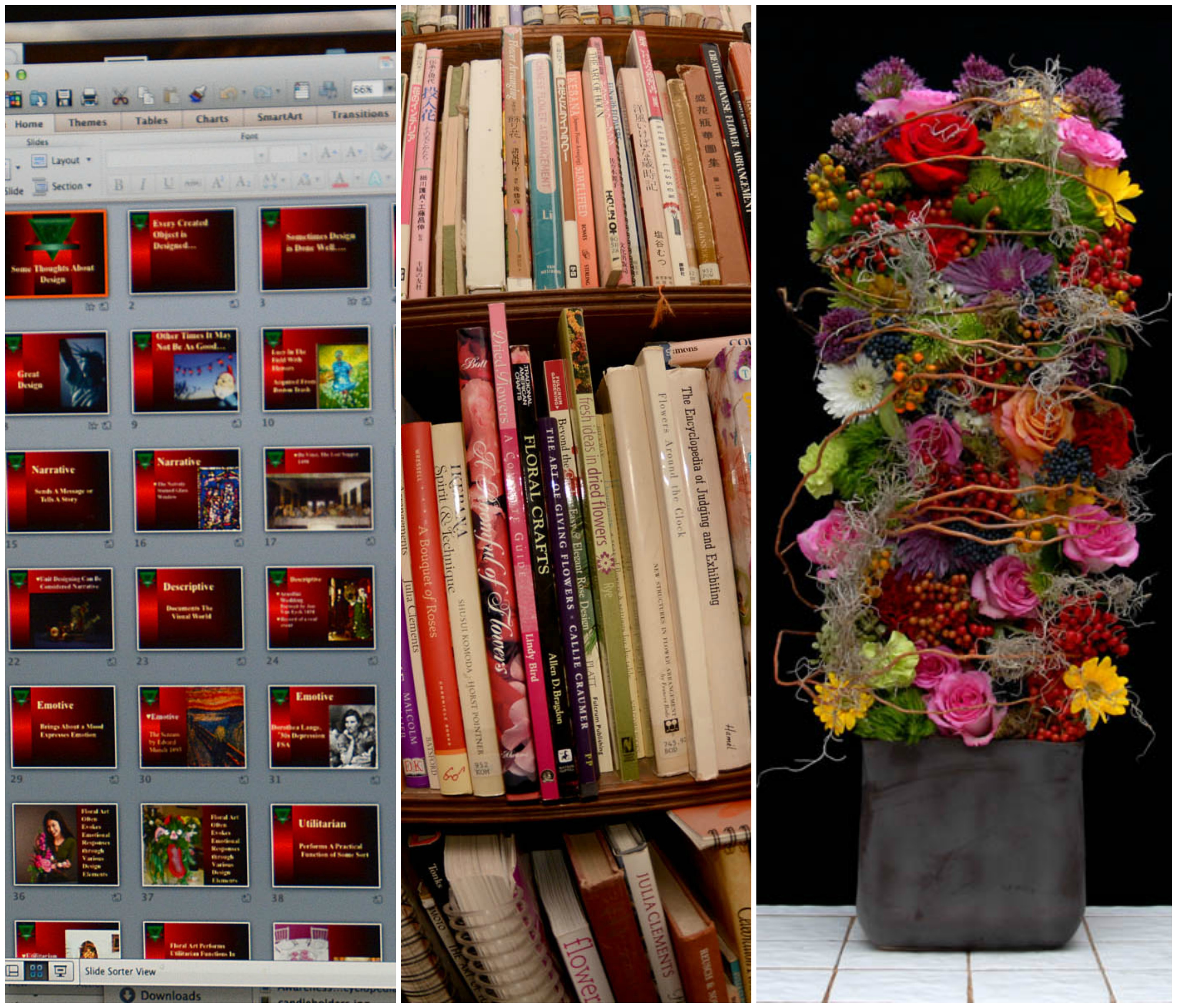Are Libraries Still Relevant?
By Dr Stephen Rittner

There has been an enormous amount of debate recently as to the future of libraries. Are libraries an anachronism? Are they a thing of the past in general, and specifically are they worth even maintaining in the 21st Century School?
Much of this debate has centered on whether print based media is still relevant or obsolete. The suggestion has been made that just as there has been a transition from vinyl based music to digital based delivery models & music made available by online streaming, shouldn't printed books be replaced by digital media online and by e-publications?
And if that is the case, shouldn't we simply close up our libraries and use them as community centers, meeting spaces and maker spaces?
My opinion is that the discussion obscures some important realities.
1. Publically funded libraries have become very easy targets for politicians and budget makers looking for quick and not always well considered "fixes," when they start running out of money.
Libraries are quite visible. They are probably one of the best investments that governments and schools have ever made in encouraging education and univeral learning. The argument that "print is obsolete so let's eliminate places to store books," (and thus save money) is simplistic and not well thought out. It is an easy and not very well considered "fix", similar to suggesting that "arts" programs and "sports" are in our schools are nonessentials. It becomes a slogan. The reality is that all these things help develop human potential in very real and positive ways. Eliminating these things is false economy.
2. Debates about libraries center upon the whether paper based media and print are obsolete and how we can find things online. It ignores the fact that we need curators and facilitators.
This approach misses the point. It often confuses the media of delivery as being the actual information. Books are a form of media. Just as digital publications online or epublications are a form of media, as are photographs and videos. But beyond the specific unique characteristics of a media and of where that media is stored, what is essential--and is being ignored, is also the necessity of curating that information.
A library should be a place not only to store and conserve but also to curate information. The librarian a person who helps the patron locate and find and to evaluate relevant information sources. Information is information. It can be preserved by print media in scrolls, books, or by digital means. it can be in the form of language, written or spoken or in the form of visual information like photographs and videos. But what is critical is not only that the information be conserved and made available so that people can learn. Someone has to make sense of all the stuff out there, put it in order, sequence it and help patrons do quality control. Someone has to help prescribe it for the unique circumstances of the user. Thats why you have librarians. That's why you have teachers. And incidentally, consider legal issues and medical problems. Would you want to go to a lawyer or a physician who tried to train only by looking up legal or medical information by him/herself online? In their formative years they had facilitators/mentors/teachers who helped curate the information.
3. There is an assumption that when it comes to information that all media that are used to conserve information are qualitatively the same. But the reality is that they are not.
Every media has its own unique characteristics. Each has strengths and weaknesses---whether it is print, digital, visual or other...So perhaps it's not so wise to be hasty in saying that books are obsolete.
Here is an example from Music. It is wonderful to hear live musicians play in an acoustically great space. To listen to the same music on vinyl does provide the essence but perhaps is not as fun. Is there a difference between music played on vinyl and music that we buy from itunes? My ears are not so nuanced that I can tell much difference. But some purists would maintain that there is a qualitative difference. The live concert is fun and exciting but it is difficult to bring the live orchestra playing their instruments with you in your car. You can bring your digital music. Each media has strengths. Each has weaknesses.
A verbal detailed description of a specific floral design to someone over the phone (without the actual item or a visual to look at) is very hard to achieve. A photograph of the item or the item itself communicates the information much faster and more accurately.
It is a reality then that each media has definite advantages and disadvantages.
The same is true when you compare printed information with digital media. I personally love being able to carry a Kindle E-Reader containing hundreds of books when I am traveling. It is light and easy to carry. But the experience of using my E-Reader is not the same as picking up a book and handling it. The ability to flip through a book and compare various pages at the same time, is, in my opinion much easier with print compared to using currrent computers and e-readers. Similarly when comparing lots of photographs or doing research, I find that for me print seems to be easier. "One hundred years ago" when I was a student I would spread a dozen books on a table and compare information. Are we really able to easily do that with a dozen tablets? Not at the present time.
This doesn't mean to say that digital information isn't great. It is. But to quote Clint Eastwood's Dirty Harry Callahan character, " A man's got to know his limitations" (yes we can even find philosophy in pulp fiction).. we have to recognize that each media has strengths and weaknesses.
We also have to realize that they are all worth conservation and curating in a library environment.
That being said, we don't view libraries as being at all out of date or no longer relevant. It simply means that we have far more options available-- a greater variety of media available to conserve and share information then ever before....
How has this affected our specialized Floral Art Library at Rittners?
At Rittners Floral School we simply use the best of ALL media available. Specifically:
1. We have not thrown out all of our books like some misguided school administrators who are trying to appear cool. We continue to collect some of the best new floral art titles from all over the globe. Print media still remains a very viable media with some great publications continuing to be published and made available to instruct and inspire. We would be short sighted to ignore these amazing resources.
2. Our print library is cataloged in database format.
3. We aren't obsessed in turning our library into a "maker space" where people make things because as a floral design school, our facility is a "maker space." We have long been ahead of that curve.

4. Our entire Distance Education Program is based on e-publications. (See the button on the left side that says "Online Lessons."
5. We are constantly putting free e-publications online for the enjoyment of our students and the public. (See the "Free Stuff" section. )
6. We have transitioned from slide based presentations to illustrating our lectures with digital photographs and videos. To support that we have an inhouse collection of over 175,000 digital photographs photographed by our staff which we use to illustrate our online publishing and which are used in powerpoints and other inhouse presentations.
7. Over 5,000 photographs are now easily available online in various photo albums ( which you can easily find in the "Free Stuff" section. )
8. We continue to produce a huge range of materials in video format. Some of these show up in our online youtube presentations ( over 150 to date). Others are integrated into our daily teaching.
9. We continually integrate online resources into our business related teaching, and make use of ingegrated computer and presentation hardware to share these with our students in our business related courses.
10. Our students take advantage of our internal wifi so that they can also locate resources as we discuss and examine them in class.
11. We have developed a Pinterest site, not only to put our own materials online but also as a way to collect other digital resources.
12. We constantly monitor floral art online from throughout the globe. This enables us to be quite cutting edge when teaching.
13. We continue to produce "readers' advisories." Some of these are here online. Others are presented and shared in our courses.
14. Just as other libraries have additional specialized collections so do we. We maintain, for example, a collection of hundreds of vases, and containers for illustrative purposes and used for various kinds of holiday, event and other floral art...
Click here for a Bibliography and Comments about some sources that have affected our thinking about the 21st Century Library.
In our opinion, a library shows the willingness of a school to actually invest in its infrastructure. It shows that the school is not just another kind of business offering a few classes on the side, but a real school, working hard to use a variety of learning resources to enhance the learning environment.....
Rittners Floral School--A Floral School where we actually think about the teaching and learning process....
Rittners Floral School Library----A small highly specialized library, definitely 21st Century in scope and approach....
Please Click here to return to our Floral School Facilities Page
Please Click here to return to our Floral School Library Page
Please Click here to return to our Home Page
|